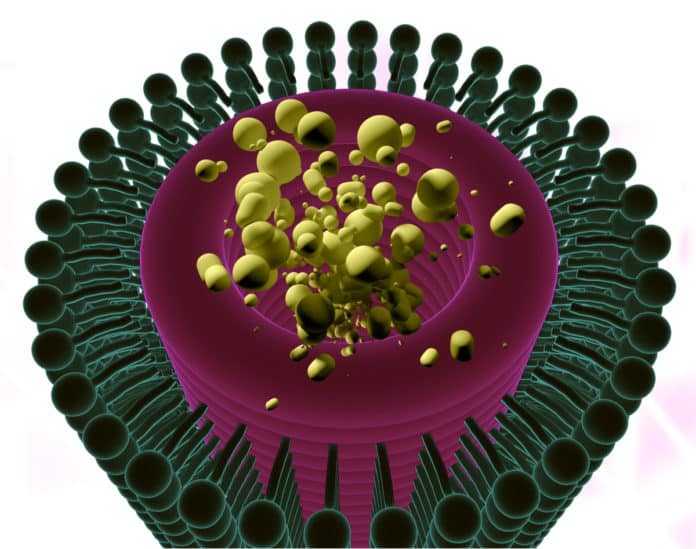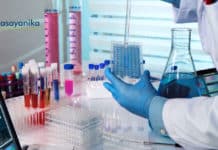Nanopores- Membrane for water purification and energy storage device
Not all nanopores are created equal. Nanopore diameters vary from 1 and 10 nm.
And the smallest of these nanopores called as the Single Digit Nanopores (SDNs) with diameters of less than 10 nm have been used in experiments recently for precision transport measurements.
A research team of Lawrence Livermore National Laboratory (LLNL) researchers and their colleagues from 7 other institutions, led by Massachusetts Institute of Technology(MIT), have now reviewed recent SDN experiments and also identified critical gaps in understanding the nanoscale hydrodynamics, fluidic structure, molecular sieving and also thermodynamics.
The research team said a better understanding of transport at the nanoscale can actually lead to innovative technologies like new membranes for water purification, new gas-permeable materials, and also energy storage devices.
LLNL material scientist Tuan Anh Pham who is the co-author of the article appeared in The Journal of Physical Chemistry said that if the team can fill these gaps, we can actually discover new mechanisms of molecular as well as the ionic transport at the nanoscale that may apply to a host of new technologies.
Single Digit Nanopores can be tailored to sieve ions efficiently from seawater and they also serve as membranes
for seawater desalination, to differentiate between polar and nonpolar fluids; enhance the proton transport in fuel cell applications; and also to generate electricity from osmotic power harvesting.LLNL material scientist, Aleksandr Noy who is another co-author of the article, said that a deeper understanding of water transport through Single Digit Nanopores may allow the team to build robust synthetic analogs of transmembrane proteins like aquaporins, for the water treatment applications.
The research team, worked on Nanopores- Membrane for water purification and energy storage device, analyzed 7 knowledge gaps in the understanding of nanoscale and its behavior. For example, researchers have seen a counterintuitive slip flow enhancement in these nanopores, in which the narrowest nanopore demonstrated the highest mass transportation rates. And other notable knowledge gaps included fluid phase boundaries in Single Digit Nanopores that are distorted relative to their bulk fluid counterparts, and also nonlinear, correlative effects in ion transport through Single Digit Nanopores that are not observed in larger diameter nanopores.
Eric Schwegler, LLNL director of Sponsored Science and a co-author of the review, said that the team expect that the study of molecular and ionic transport under extreme confinement will test the limits of bulk-scale fluid mechanics, also provide opportunities for the exploration of new synthetic as well as spectroscopic techniques and inform their understanding of transport at molecular interfaces.
Other institutions involved in the include University of Illinois, Urbana-Champaign, University of Maryland, Yale University, Stanford University, University of Florida and University of California, Irvine.
The work is part of the Center for Enhanced Nanofluidic Transport, an Energy Frontier Research Center funded by the Department of Energy’s Office of Science.
Author: Ria Roy

















































